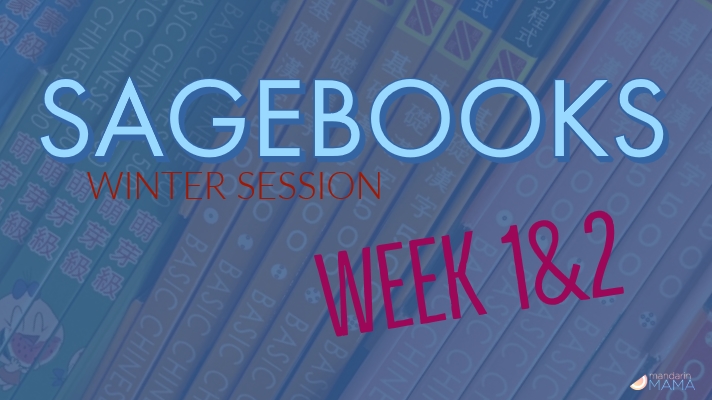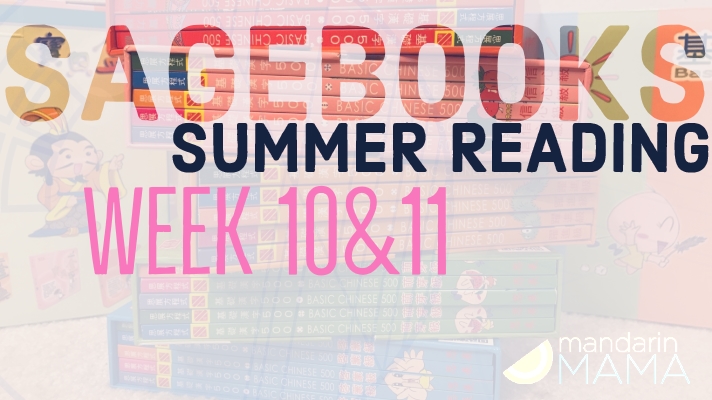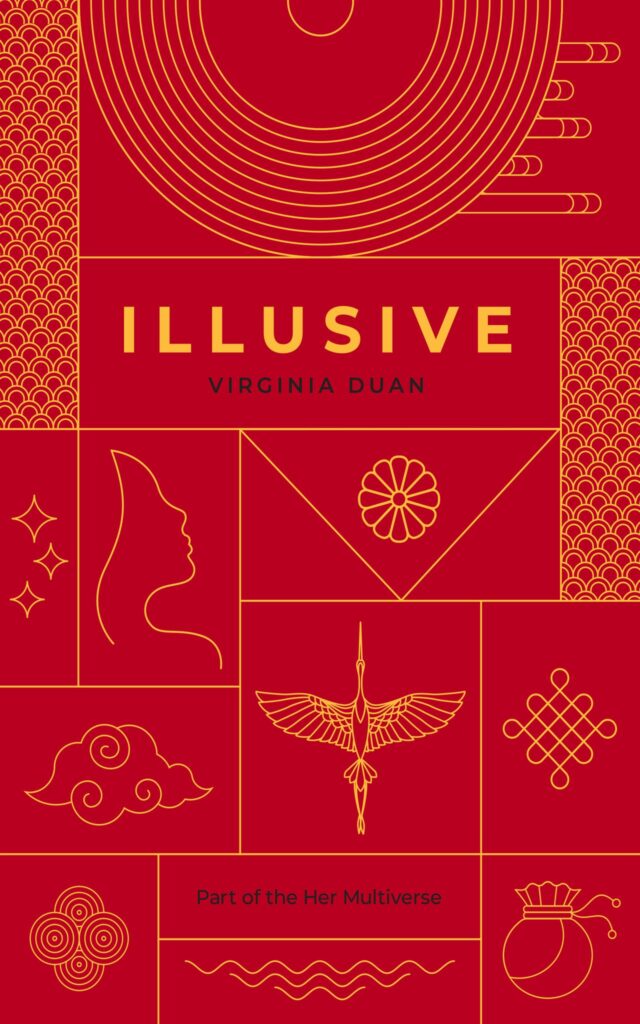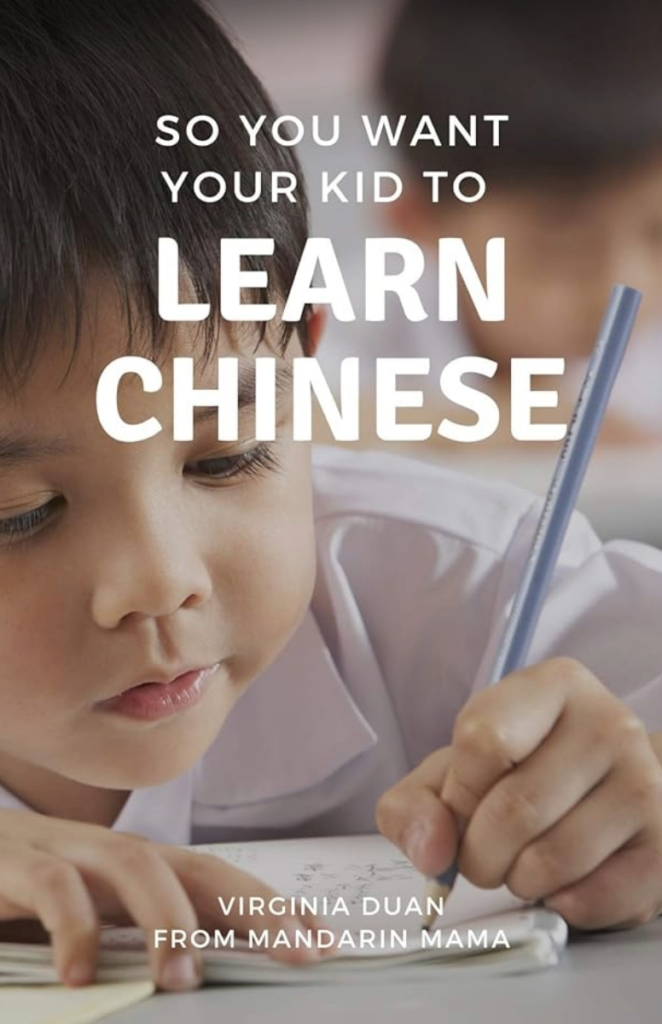
This post was sponsored by Sagebooks. All opinions are mine and mine alone.
Last month, I peppered Lucia Lau, the creator and author of Sagebooks, my burning questions about the series (in particular – why the children in the illustrations don’t have any hair). This month, I focused on some of the details regarding their publishing and production process.
I’m particularly interested because as many of you know, I also have a book (affiliate link), So You Want Your Kid to Learn Chinese. Currently, it’s only in an ebook format, but I eventually want to have a print version as well as another book that may work better as a print version.
Anyhow, I’m sure you’re much more interested in what Lau has to say so I’ll not keep you.
1) What is your favorite part of the publishing process?
Receiving the first draft of drawings from the illustrators was certainly a moment of pleasure: seeing my imagination coming to life was like greeting a baby for the first time after a long and trying gestation. Getting the blueprint from the printer was another of my favourite moments. But the happiest time for me was receiving the freshly printed books; nothing beats the smell of paper with fresh ink.
2) What was the hardest part of the publishing process for you?
Proofreading the Nth time, trying to make sure all the stroke sequences and pinyin were correct was definitely difficult. It was especially challenging since we were doing both the simplified Chinese and the traditional Chinese versions. Sometimes there is only a very slight difference between the two (e.g. 黃、亮). Adding to that, Chinese is a living language which changes over time. As a result, sometimes different ways of writing a same word, develop across China, Taiwan and HK. In some occasions there are differences even within HK! At times it was difficult to make everyone happy.
3) How do you deal with misprints or mistakes in your books? How do you go about editing the editions without going “font blind” (when you stare at the same word or character so much that it starts looking wrong)?
Over time, with the help of some very attentive parents, we discovered that we had made various mistakes. We put up posts and made public notifications for the minor ones. Once, we unpacked about 3000 sets of books and put on correction stickers one by one! Recently, some parents helped us spot some mistakes and we printed stickers to be sent to the parents who requested them. Our printer works closely with us to help spot mistakes, which we are very grateful for. We now have a checklist for all the items we need to check, and split the work among the staff, so each person only checks a small part. That helps make spotting mistakes easier.
4) If you could travel back in time and give yourself one piece of advice about Sagebooks, what would it be?
My focus was entirely on children when I created the books. I went over all the details to make sure that the design of the children in the books were perfect. We also spent a lot of effort on the overall design of the books to make them as child-friendly as possible. Somehow the adults became secondary to me in that process and I didn’t put in as much thought for them! It wasn’t until a professor from a university in China questioned me couple years ago, asking why all the adults in Basic Chinese 500 wear glasses, that I realised how I had neglected them. He commented that it might create unnecessary stereotyping for children. If I could go back, that would be one thing I would fix.
I’m so grateful that Lau let me take a peak into their process and I hope to transfer that to my own work. I can’t wait to smell my own books (and of course, sign them for my 5 friends).
Yes, yes. I have managed to turn a post featuring the writer and creator of my favorite Chinese curriculum into something about me. It’s not like you didn’t know who I was before you started reading.
Next month, I’ll do better at putting the spotlight back onto Sagebooks.








